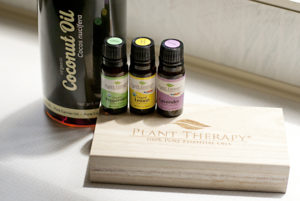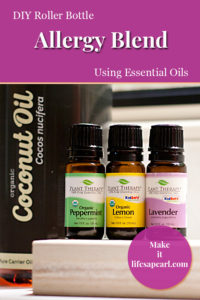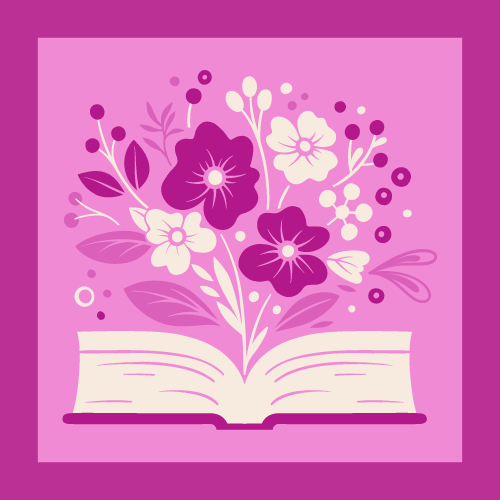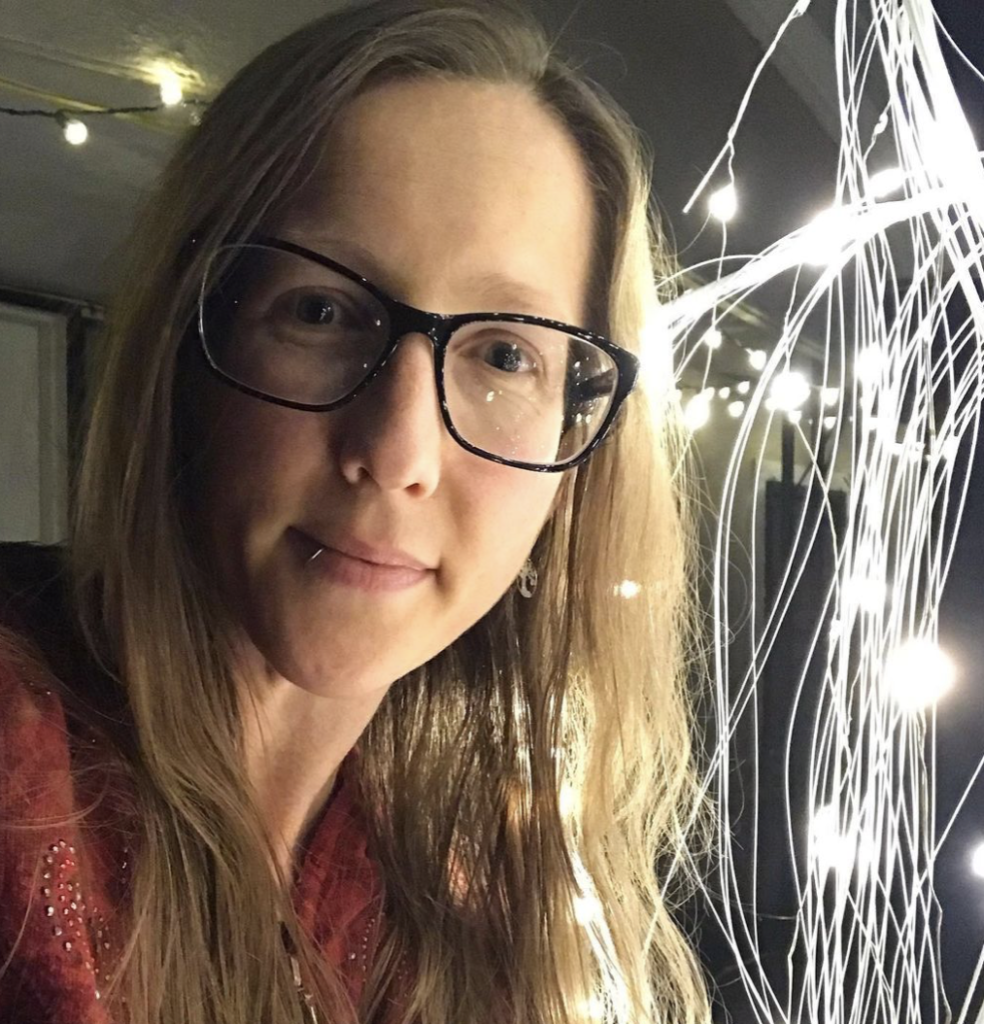Disclaimer: I am not a doctor and this is not medical advice. I’m sharing what has worked for me on my journey using essential oils to support my health.
I have been dabbling with essential oils for a few years but I got more serious about them in the last couple months. Now I use them to support my mood, prevent illness, and to keep my home clean with natural solutions.
Essential oils do not fall under FDA regulations so consumers should do their research to make sure the essential oils they use don’t have synthetic additives and are indeed pure. Especially if they want the health benefits associated with the oils. I purchase Plant Therapy oils because of their transparency. They do third party testing on every batch of oil so you can track your actual bottle and see exactly what’s in it.
They also have a wide variety of organic oils, something I try to use whenever the option is available. I believe they are reasonably priced for a high quality product. I also appreciate their blog, an extensive resource to learn more about essential oils and how to use them safely.
Some Things to Keep in Mind:
- If you haven’t used essential oils before always start with the smallest amount of oil or lowest dilution percentage to see how your body reacts. Avoid using it around your face and other sensitive areas until you’ve tested it.
- This DIY is for an adult so do not use on children. Some oils should not be used on kids. A low dilution percentage is usually recommended when applying oils topically to children.
- Be cautious using oils around pets
DIY Roller Bottle Using Essential Oils to Help Allergies

I first heard of the combination of Lemon, Lavender, and Peppermint essential oils to help allergies on Farmhouse on Boone when I checked out Lisa’s free online class about the kinds of oils she uses. After trying the combination in my diffuser, I wanted to use it in a roller bottle blend.
What you need:
- a 10 mL glass bottle that isn’t clear (you want to protect the oils from UV light) with a roller ball in its housing and a cap
- peppermint essential oil
- lemon essential oil
- lavender essential oil
- a carrier oil (I use fractionated coconut oil)
A 10 mL bottle is equivalent to 2 teaspoons. So using Plant Therapy’s Dilution Chart and wanting a 3% dilution, I can add 9 drops of essential oil to my bottle.
- 3 drops peppermint
- 3 drops lemon
- 3 drops lavender
I add 3 drops of each oil to my bottle and then top it off with my carrier oil. Lastly I push on the roller ball and place the cap on and shake it well to mix.
I make sure to label my bottles with the blend name, the dilution, and the date made. If I can fit the ingredients on the label I add them. Otherwise I make a note of the ingredients mixed in my notebook.
I apply this directly to forehead, sides of my nose, temples, and on my neck when I’m battling allergies.
Other Things I Use These Three Oils For:
- I like to diffuse these three oils together to help aromatically to help with allergies.
- I also diffuse lemon and peppermint together in the morning to help wake up.
- I use peppermint in another roller bottle blend to help sinus issues.
- I use lavender in other roller bottles to rub on the bottom of my feet before bed to promote good sleep.
- I use lemon in a variety of homemade cleaning products. My favorite is combined with tea tree oil for an all purpose spray.
Resources I Find Helpful:
My post – Beginning with Essential Oils: A Basic Guide
Modern Essentials: The Complete Guide to the Therapeutic Use of Essential Oils
Plant Therapy’s Essential Oil Dilution Chart
Do you use essentials oils? What are your favorite DIY recipes?



